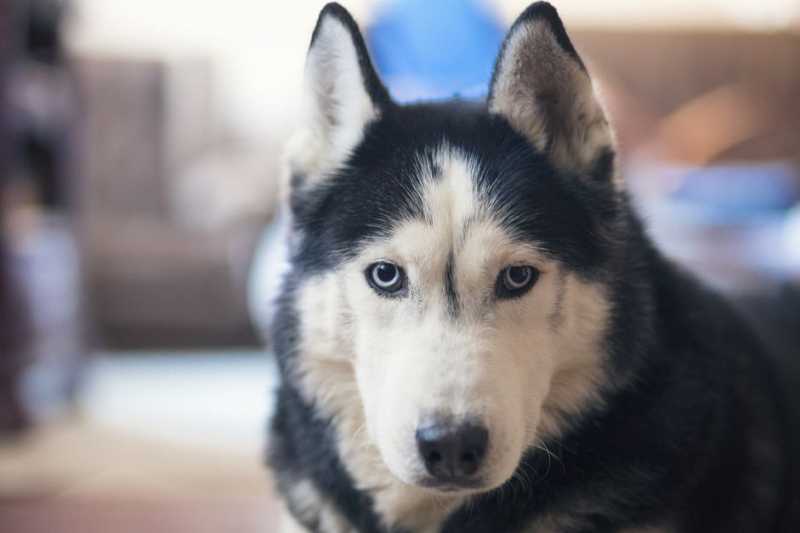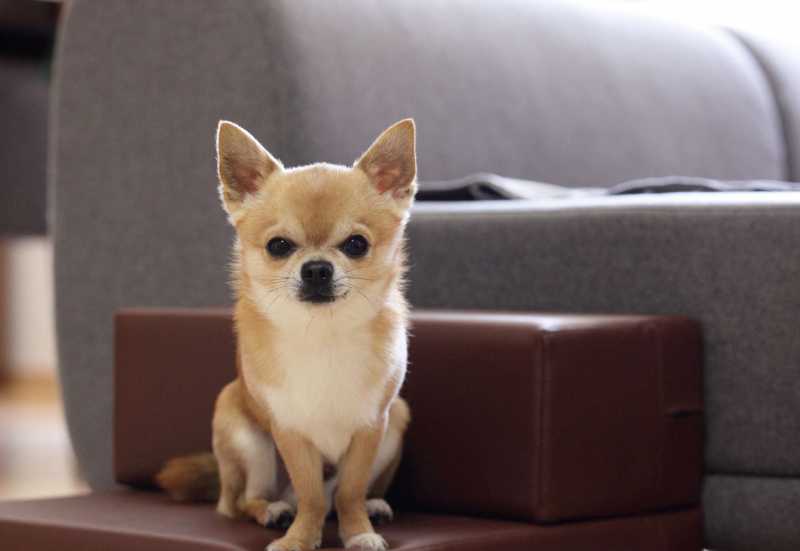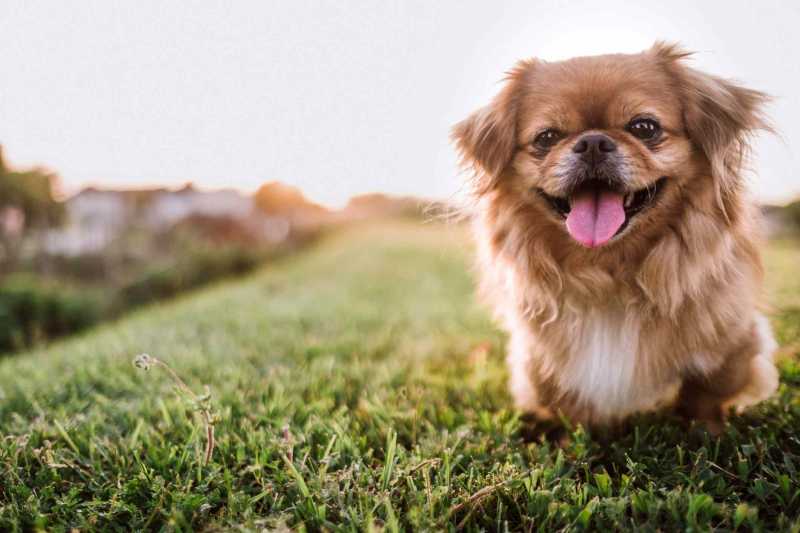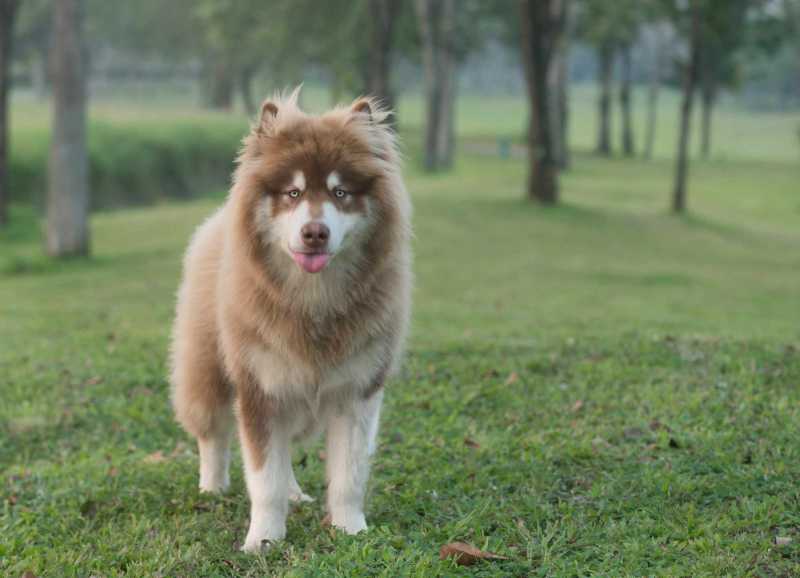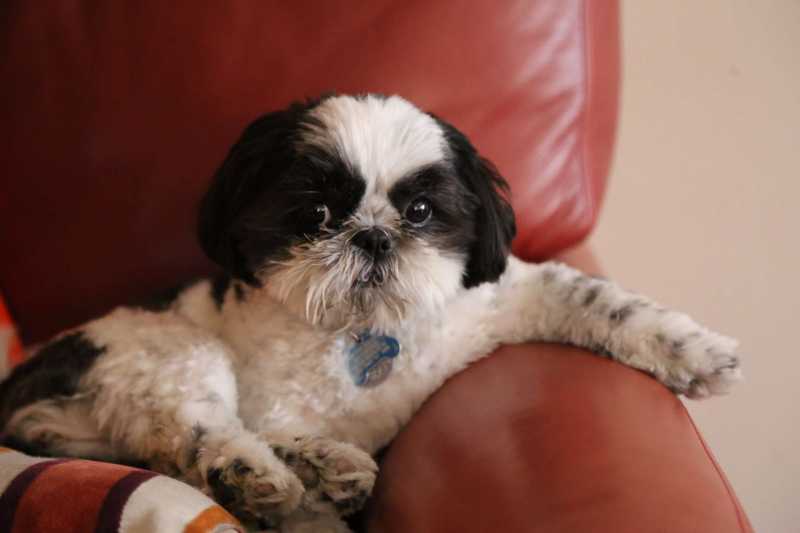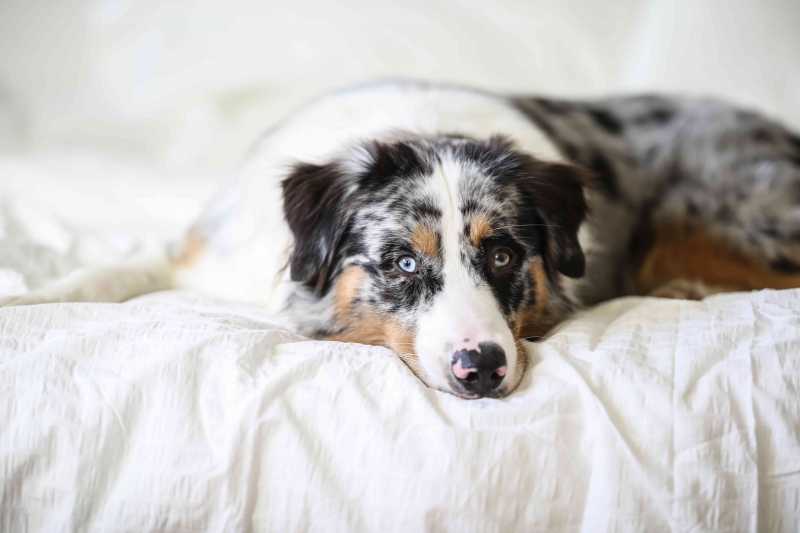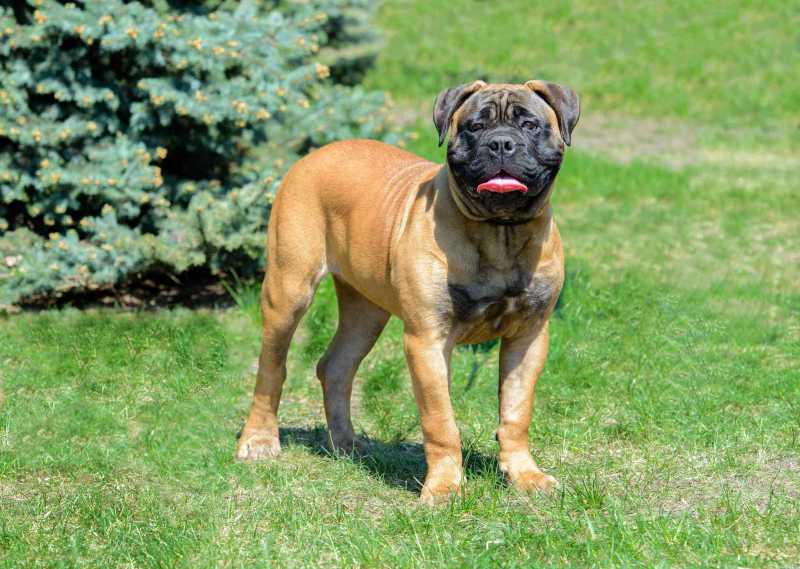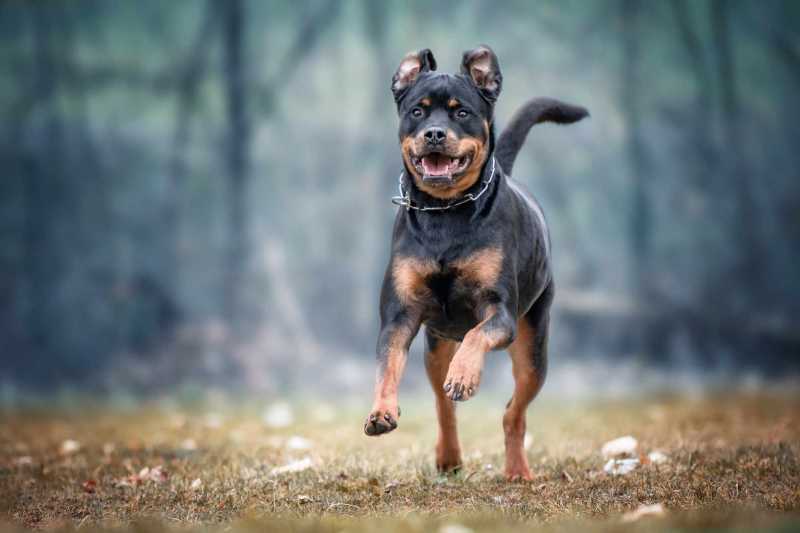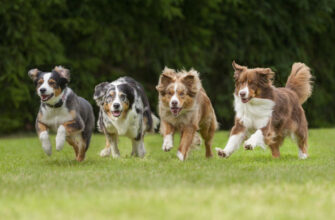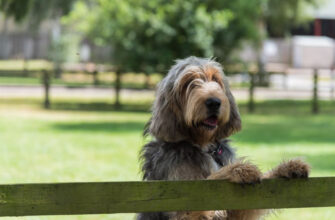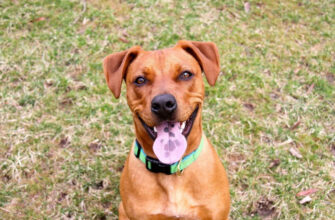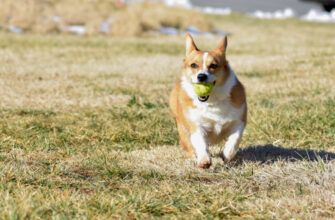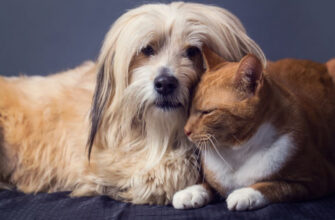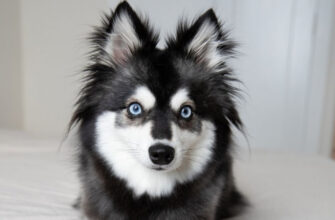A dog can be a wonderful addition to your family, especially when you have children. Dogs teach responsibility while offering limitless, judgement-free love in return and can also help children learn some of the skills that will help them turn into great young adults. However, dogs are not toys, and sometimes, when children treat them as such, there can be dire consequences like injuries or dog bites. Some dog breeds are predisposed or have inherent biases against young children in their household.
Breed Characteristics
Most dogs do not like screaming or high-pitched sounds, people who stare into their eyes, or quick awkward movements. Also, dogs tend to respect authority figures and follow the commands of the pack leader—usually a parent or a mature member of the household, ignoring the children.
These dogs are more independent, harder to train, and less forgiving of young children who love roughhousing or are not mindful of where they step or what they grab. Spitz breeds like huskies and Akitas are known for their stubborn streak when it comes to training. Other poor choices around little kids are lumbering giant breeds like bullmastiffs or Saint Bernards, which tend to bowl over toddling children or most anything in their path. Another breed that gets defensive around children are the smaller, toy breeds that fear for their safety around rambunctious kids.
Tip
Even if you adopt a dog breed that is known for being good around children, you still have to set rules for your children about proper dog treatment and respect for the animal. Children of all ages need basic guidelines for doggy do’s and don’ts. Here are the breeds that tend to do best among adults and older kids than small children.
Weimaraner
The Weimaraner is a bright-eyed and beautiful breed, but they’re not particularly great with children. They’ve been bred to hunt big game—a class of prey that, size-wise, can look pretty similar to a child under the age of 13. And while this trait doesn’t mean that a Weimaraner will constantly be on the hunt when they’re at home, it does mean that they’re known to play rough with their humans, particularly if they’re not getting enough exercise and attention otherwise. The breed requires a set routine and lots of time to run, walk, and play if they’re going to be on their best behavior. That can be not easy to maintain if you’re a parent on the go and may mean that you’re better off with a different breed of dog.
Breed Overview
- Group: Sporting (AKC)
- Height: 23 to 27 inches
- Weight: 70 to 90 pounds (males); 55 to 75 pounds (females)
- Coat and Color: Smooth, silver-gray coat
- Life Expectancy: 11 to 13 years
Chihuahua
Because of their small size, many people assume that Chihuahuas are a fit for families with small kids, but quite the opposite. These little guys rely on their mouths to protect them where their stature can’t, reacting with barks—and sometimes bites—when they feel the need to defend themselves. Many Chihuahuas like their personal space. They will give plenty of social cues if anyone outside their primary caregiver enters their zone, making them feel uncomfortable. The problem is kids aren’t great at reading signals, resulting in a Chi getting aggressive.
Breed Overview
- Group: Toy (AKC)
- Height: 6 to 9 inches
- Weight: 2 to 6 pounds
- Coat and Color: Smooth coats or long coats; seen in many colors, either solid or a combination of two colors including black, tan, fawn, cream, white, blue, silver, chocolate, and red
- Life Expectancy: 12 to 20 years
Akita
Akitas can be incredibly sweet and loyal, but they’ve also been bred for years to be guard dogs. The instincts born from this type of breeding can be difficult to wean out and may pose a problem in playdates and other occasions where unfamiliar kids will be visiting your home. Akitas want to protect their families, which includes your children. Akitas may perceive other kids coming over and roughhousing or squealing as a threat. An Akita’s natural, guard-driven instincts could kick in. Keep in mind this same rule applies if you do not have young children in the home, but if you invite them over for family get-togethers, rambunctious kids may trigger a defensive posture.
Breed Overview
- Group: Working (AKC)
- Height: 26 to 28 inches (male); 24 to 26 inches (female)
- Weight: 100 to 130 pounds (male); 70 to 100 pounds (female)
- Coat and Color: Short, thick double coat; common colors include brindle and pinto (each with white markings)
- Life Expectancy: 10 to 13 years
Pekingese
Like Chihuahuas, a Pekingese is a small dog breed that relies on other methods to appear big and scary when they feel threatened—including biting and yipping. It might not take much to bring out these behaviors. Pekingese do not respond well to prodding, poking, and tail pulling. They tend to be possessive over their food and toys, as well as their primary caregivers. A dog will compete for your attention, and this dog does not want to lose. You might want to avoid a situation where your child can get hurt by running over to hug you or try to play (even nicely) with the dog. That’s a lot of stress on all of you and a good reason to seek out a different breed.
Breed Overview
- Group: Toy (AKC)
- Height: 6 to 9 inches
- Weight: Up to 14 pounds
- Coat and Color: Long, thick double coat with a lion-like mane in gold, sable, or red, gray, black, tan, and cream
- Life Expectancy: 12 to 14 years
Siberian Husky
Siberian huskies are highly active dogs with an affinity for rough play. These strong dogs, even with purely good intentions, could inadvertently harm a child. This breed is also a tough one to train since they’re independent with a bit of a stubborn streak. They may be triggered by children acting like “prey” (for example, crying loudly or darting around). They’ve also maintained some wolf-like qualities in more than just appearance. They have a natural protectiveness and a sharpness in reacting to perceived threats. You’re better off waiting until your kids are older and have more control over their own behavior before bringing a husky home.
Breed Overview
- Group: Working (AKC)
- Height: 20 to 24 inches
- Weight: 35 to 60 pounds
- Coat and Color: Double-layered coat in black, gray, red, brown, tan, or white
- Life Expectancy: 12 to 15 years
Alaskan Malamute
This breed looks very similar to Siberian huskies—but larger—and behaves quite similarly. Like many dogs on this list, Alaskan Malamutes enjoy rough play and get even rougher if their exercise needs aren’t being met. And like huskies, they can be incredibly stubborn and difficult to train. Another thing that makes them less than ideal for families with small kids is that they’re not usually great leash dogs. They may pull, jump, and strain on walks. This behavior means that it certainly wouldn’t be safe for your child to be holding the leash and dangerous walking alongside it.
Breed Overview
- Group: Working (AKC)
- Height: 23 to 25 inches
- Weight: 75 to 85 pounds
- Coat and Color: Very dense double coat; colors include shades of gray, black, sable, and red
- Life Expectancy: 10 to 12 years
Shih Tzu
Many reputable breeders of shih tzus refuse to sell their puppies to families with small kids. This breed loves to zip around and get under your feet, tripping up adults as well as children if they’re not paying close enough attention. This potential trip hazard can harm both humans and the dog. When you’re playing with a shih tzu puppy, you have to be extremely careful. Experts often recommend that children only play with the breed while sitting on the floor). Older shih tzus could work since they tend to chill out after puppyhood.
Breed Overview
- Group: Toy (AKC)
- Height: 8 to 11 inches
- Weight: 9 to 16 pounds
- Coat and Color: Long, double coat that comes in numerous color variations, most commonly in black, white, blue, gold, or liver
- Life Expectancy: 10 to 16 years
Australian Shepherd
Australian shepherds are herders by nature, so you can imagine they sometimes want to corral young children or even nip at their heels to get them back in line. This breed is brilliant and harder to train as a result. Also, this energetic powerhouse requires a lot of exercise and personal attention, often tough for a household with little ones who often demand most of the attention. Older children who can respectfully play for hours on end with this breed would be a much better fit.
Breed Overview
- Group: Herding (AKC)
- Height: 18 to 23 inches
- Weight: 40 to 65 pounds
- Coat and Color: Thick coat can be found in a variety of colors and patterns, including spots, splotches, or merle
- Life Expectancy: 13 to 15 years
Bullmastiff
These giant dogs are sweet-tempered and friendly, but their size affects the dynamic in a house with young kids underfoot. It’s not too hard for a 100-pound excited bullmastiff to topple an equally excited toddler. It’s all unintentional, they don’t know their size; they think they’re lapdogs although they aren’t. Best to wait for the children to get bigger and more surefooted before considering this breed.
Breed Overview
- Group: Working (AKC)
- Height: 24 to 27 inches
- Weight: 100 to 130 pounds
- Coat and Color: Short coat in fawn, red, or brindle
- Life Expectancy: 8 to 10 years
Chow Chow
Chows chows were bred to be guardian dogs. They look like big fluffy, inviting teddy bears, but they are not the most cuddly breeds. Hugs are usually not so welcome. Screaming, squealing children or kids running past it might even trigger its aggressive stance. This intelligent breed is another one that doesn’t take well to training. This dog requires a lot of socialization, rigorous training, and repetitive reinforcement of good behavior.
Breed Overview
- Group: Non-sporting (AKC)
- Height: 17 to 20 inches
- Weight: 40 to 70 pounds
- Coat and Color: Coats can be rough or smooth in black, blue, cinnamon, cream, or red
- Life Expectancy: 10 to 12 years
Rottweiler
Rottweilers are protective, guard dogs. They are on the alert for energetic targets that might threaten their home. The reaction can extend to children that the dog feels are running away from it or causing a commotion. Those children may only be playing in its vicinity, but the dog can have difficulty distinguishing innocent child’s play from a home invasion.
Breed Overview
- Group: Working (AKC)
- Height: 22 to 27 inches at the shoulder
- Weight: 80 to 130 pounds
- Coat and Color: Short double coat that comes in black with tan, rust, or mahogany coloring
- Life Expectancy: 8 to 10 years
Greyhound
Greyhounds are the fastest dogs in the world, but speed does not always mean high energy. These dogs are giant lounge lizards, preferring a calm, peaceful snooze to constant excitement and hubbub. Too much sound and instability breeds discontentment in this dog, which can lead to stress and anxiety. Being such strong runners, this hunting breed is known for giving chase and might even run down your children, much like prey.
Breed Overview
- Group: Hound (AKC)
- Height: 25 to 30 inches
- Weight: 60 to 80 pounds
- Coat and Color: The coat is short and smooth in a variety of colors including black, blue, fawn, red, white, and various shades of brindle, or a combination of any of these colors
- Life Expectancy: 10 to 13 years
Breeds to Avoid
If you’re considering a dog for your family and have young children or expect to have children, some dogs are a better fit than others. Steer clear of giant dogs that can easily bump or run over little ones, especially toddlers. Protection dogs like Rottweilers and Dobermans view awkward, jerky movements, random running, and screaming as signs of danger, often kicking them into guard dog mode. It is your responsibility to provide a safe and ideal situation for both your children and the dog you adopt; tell the shelter or breeder that you have small children at home. Bring the children in to meet and interact with the dog before making your decision.
